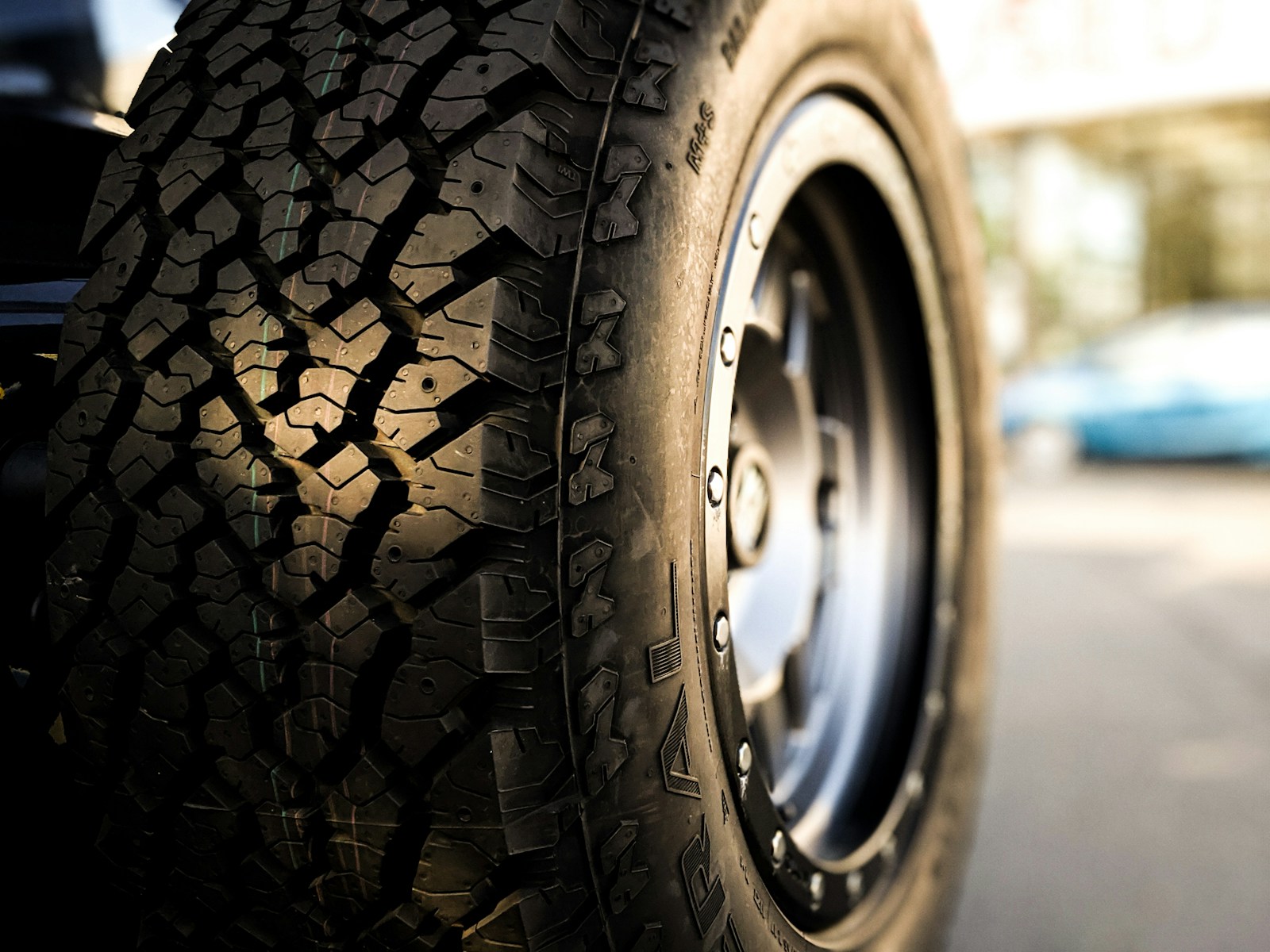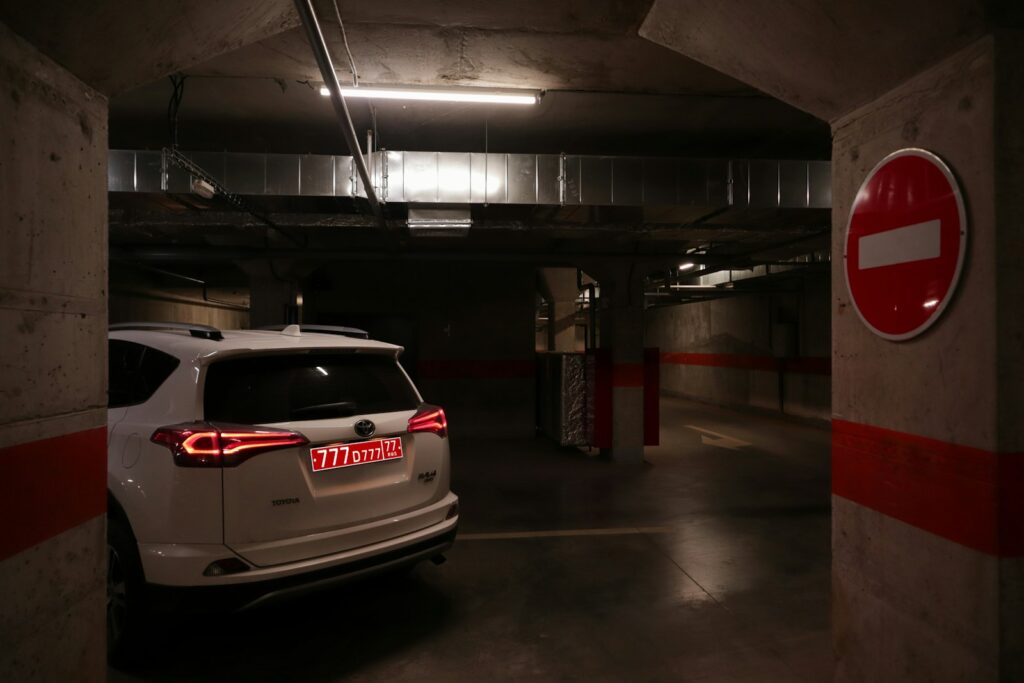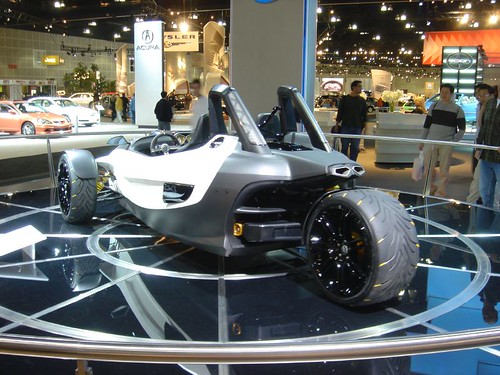
Gas prices can be a real headache, consistently feeling like a rollercoaster ride. In 2025, we’ve seen fuel costs surge due to a mix of supply chain hiccups, fluctuating global demand, and the impact of current world events. Add shifting tariffs to this already unpredictable mix, and it becomes abundantly clear why finding effective ways to make every gallon – and every dollar – stretch further is not just smart, but essential.
But here’s the good news: you don’t need to overhaul your entire lifestyle or become a financial wizard to combat these rising costs. Even small, seemingly insignificant changes in your driving habits, car maintenance routines, and other simple daily practices can collectively lead to significant reductions in your gas expenses. It’s about being strategic, informed, and proactive in how you approach your time behind the wheel.
This in-depth guide is designed to empower you with concrete tips, tricks, and “hacks” that you can immediately apply. We’re going to “lift the hood” on what truly works to save you money at the pump, drawing from reliable information to help you navigate the roads of 2025 with more fuel efficiency and less financial stress. Get ready to transform your driving into a money-saving superpower!

1. **Utilize Fuel-Saving Apps**Let’s face it, filling up your car these days can feel like a gamble. Prices fluctuate faster than a politician’s promises, leaving you wondering if you’re getting ripped off at every pump. Gas prices can vary significantly between stations, sometimes just a few blocks apart, making the hunt for the cheapest fuel feel like a chore.
But fear not, fellow drivers! We’ve got your back (and your wallet) with incredible apps that are changing the gas game: GasBuddy, Waze, Fuelzee, and Upside. GasBuddy, for instance, acts like a personal gas station scout. This app boasts a massive network of real drivers who update gas prices in real-time. It’s like having a swarm of helpful bees buzzing around town, gathering intel on the cheapest fuel.
GasBuddy isn’t just about price; it goes the extra mile by showing you station reviews and ratings. No more ending up at a pump that looks like it hasn’t been cleaned since the disco era. Plus, features like the trip cost calculator help you strategize fill-ups on longer journeys, ensuring you don’t get caught empty-handed in the middle of nowhere.
Feeling a little competitive? Upside turns saving money on gas into a fun game. Partnering with stations, they offer sweet cash back rewards that vary depending on the pump you choose. It’s like playing a gas station lottery, but you always win (well, except for the occasional duds, but hey, that’s the game!). Upside doesn’t stop there; they keep things exciting with surprise offers and promotions, so you never know what sweet deal might be waiting for you at the next pump. The app’s interface is smooth and user-friendly, making claiming your rewards a breeze.
So, who’s your gas-saving champion? The truth is, both GasBuddy and Upside are rockstars in their own right. It all boils down to your personal style. GasBuddy is perfect for the strategic driver who wants real-time intel and comprehensive station information. Upside caters to the playful soul who enjoys a little gamification and surprise rewards with their savings. No matter which app you choose, the real winner is you! Download both, take them for a spin, and see which one helps you conquer the pump and leave gas price anxiety in the dust.

2. **Join Gas and Grocery Rewards Programs**Gas prices might be unpredictable, but your savings don’t have to be! Many gas stations and grocery stores offer loyalty programs that can save you money on every gallon of gas purchased. These programs are typically completely free, and all you have to do is make purchases as you normally would on groceries, gas, or convenience store items, and you’ll automatically earn discounts per gallon.
For example, Albertsons For U® Rewards provides points for every dollar spent at participating Albertsons Companies stores. The gas savings breakdown is straightforward: 100 points can be redeemed for 10 cents off per gallon (up to 25 gallons), while 1,000 points score a whopping $1 off per gallon at Albertsons Market Express, participating Chevron, or Texaco stations, with a maximum saving of $25 per tank.
Kroger’s loyalty program, the Kroger Plus Card, grants Fuel Points on all your grocery purchases—every $1 spent earns 1 Fuel Point. These points are redeemable for discounts at Kroger Fuel Centers or participating Shell stations, with 100 points translating to 10 cents off per gallon. Keep an eye out for “Kroger Boost” promotions, which often offer double Fuel Points on specific categories for even faster gas savings.
Similarly, Shaw’s (also owned by Albertsons Companies) offers gas savings through its Shaw’s for U® Rewards, following the same redemption structure as Albertsons. As a savvy shopper, you can strategize your shopping trips to maximize points and redeem gas discounts exactly when you need them most. Always download the app of your preferred grocery store to stay updated on current promotions and bonus point opportunities.
Some stores even offer tiered rewards programs, meaning the more you shop, the higher your tier and the greater your gas station discounts. Don’t forget to look for ways to combine grocery store sales and coupons with your rewards program to maximize savings on both groceries and gas. These programs turn your everyday purchases into significant fuel savings.
Read more about: Savoring the Future of Baking: How Online Ordering and Loyalty Programs Are Revolutionizing Your Morning Muffin Quest
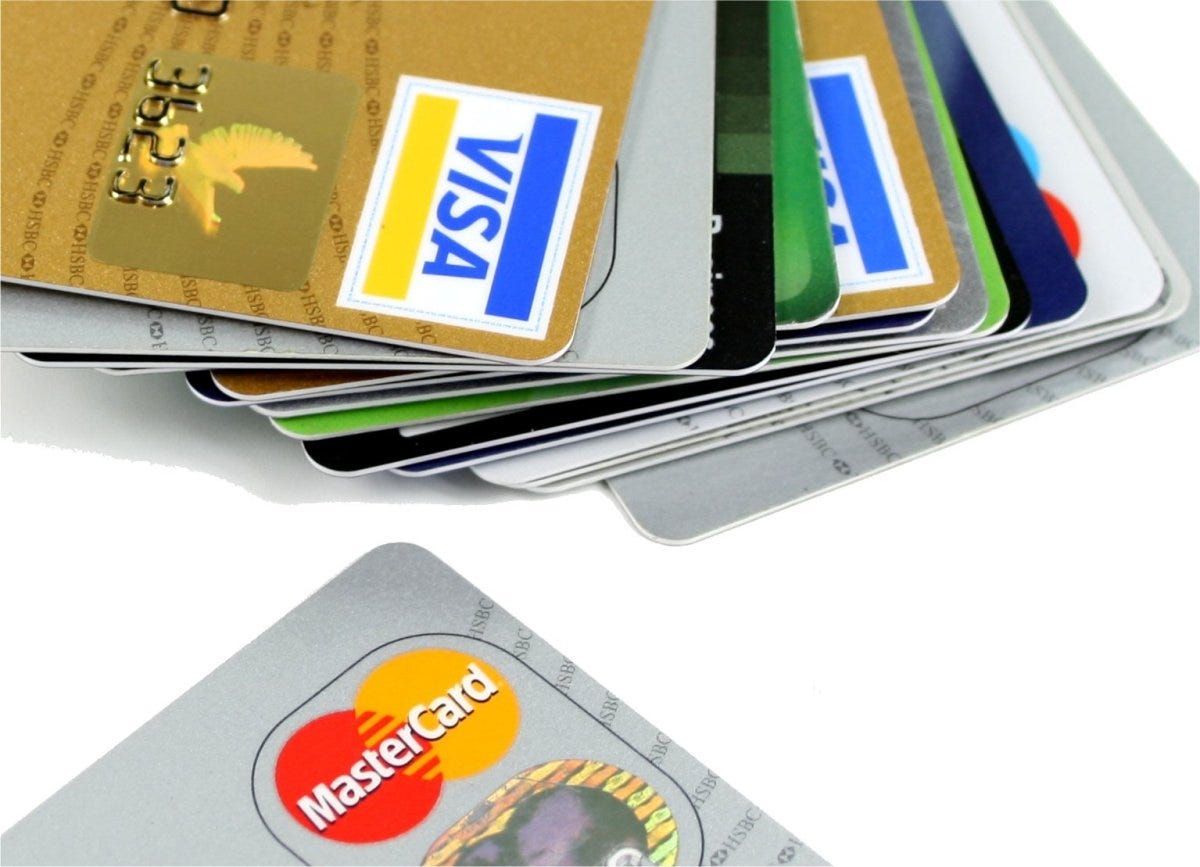
3. **Leverage Gas Rewards Credit Cards**When it comes to fueling up your car, choosing the right credit card can be a game-changer for your wallet. Many credit cards have rewards programs that offer cash back, points, or miles on certain purchases, and often, “gas” is included in those lucrative bonus categories. This means you could earn up to 5% or more rewards every time you go to the pump, effectively turning a necessary expense into an opportunity for savings.
For instance, some cards are perpetual favorites among consumers with good to excellent credit. The PNC Cash Rewards® Visa® Card offers an impressive 4% cashback at gas stations for cardholders, making it one of the highest cashback rates available for fuel purchases. The Citi Premier Card helps you earn a 3% return on every eligible gas purchase, while American Express’s Blue Cash Preferred Card also helps you earn 3% cashback on eligible gas station purchases in the USA.
The key to truly benefiting from these cards is financial discipline. While they offer a fantastic way to earn rewards, it’s crucial to pay off your fuel charges every month. By doing so, you ensure that there’s no interest left on your gas purchase that you need to pay, thus maximizing your savings and keeping your financial health in check. If you fill up your tank regularly, using a cash back or rewards credit card can help you save even more, as long as you pay off the balance each month to avoid interest charges.
Before opening a new rewards credit card, ensure you understand all the details of its program. Check your current card to learn more about its rewards program, or if you’re shopping for a new one, specifically look for cards that include gas in their bonus categories with higher rewards rates. Start saving on every mile with these powerful gas rebate credit cards.
Read more about: From Passion to Paycheck: Everyday Hobbies That Are Turning into Seriously Lucrative Side Hustles
4. **Pay with Cash at the Pump**Here’s a simple hack that often gets overlooked in our increasingly cashless society, but it can make a tangible difference: paying with cash at the gas station. Many gas stations offer a slightly lower price per gallon for cash payments compared to credit or debit card transactions. This isn’t just a random act of kindness; there’s a practical reason behind it.
When you pay with cash, gas stations save on credit card processing fees. These fees, which credit card companies charge for every transaction, can add up for businesses. By passing some of those savings on to cash-paying customers, stations incentivize a payment method that reduces their operational costs. It’s a win-win: they save on fees, and you save on fuel.
The tangible benefit of this habit can be quite significant over time. Paying with cash may save you up to 5 to 10 cents per gallon. Imagine consistently saving that amount on every fill-up throughout the year. Those small savings accumulate, helping you keep more dollars in your wallet that would otherwise be spent on gas, making it a very straightforward and effective gas-saving strategy.
Read more about: Steer Clear: 12 SUVs That Will Drain Your Wallet with Costly Maintenance and Reliability Nightmares
5. **Drive Smart and Smoothly**How you operate and frequently drive your vehicle plays an incredibly important role in how much you can save, or conversely, spend, on gas. Rash driving, such as rapid acceleration, harsh braking, and speeding, significantly contributes to the wastage of gas. According to FuelEconomy.gov, such aggressive driving can lower your gas mileage by around 10-40% in stop-and-go traffic and 15-30% at highway speeds, making every trip more expensive.
The solution lies in adopting a smoother, more deliberate driving style. When you’re speeding up or slowing down, do it steadily and gently. The faster you accelerate, the more gas your car uses. Therefore, try to go with a gentle move on your pedal when accelerating, especially when merging onto a highway. Allowing your car to coast to a stop whenever possible also conserves fuel, rather than slamming on your brakes.
Another powerful technique is to utilize cruise control. On flat terrains, using cruise control can help maintain a steady speed and significantly improve fuel efficiency. As Patrick De Haan, lead petroleum analyst at GasBuddy, states, “Cruise control is much more effective than a human is at maintaining speed and can help save fuel.” Vehicles are most efficient when driven consistently between 55 and 60 miles per hour; anything above that starts to deplete a car’s efficiency.
Smart driving also extends to planning. Combining errands into a single trip and using eco-friendly routing on navigation apps can minimize drive time and save fuel. Furthermore, reduce idle time: avoid leaving your car idling for extended periods, as it burns fuel without getting you anywhere. Linda Gaines, a transportation systems analyst for the Argonne National Laboratory, recommends turning off your car if it will be idling for 10 seconds or longer, noting that modern starters are robust enough to handle it without excessive wear.
Read more about: Beyond the Showroom Shine: A Mechanic and Enthusiast’s Unvarnished Truth About 13 Cars and Why New Isn’t Always Better

6. **Carpool or Rideshare**One of the most direct and effective ways to reduce your personal fuel consumption and save money is by sharing your ride. If possible, splitting the cost of gas by carpooling with coworkers, friends, or family is an immediate financial benefit. You can also coordinate rides for your kids’ activities with other parents, which can significantly reduce your weekly fuel consumption and associated costs.
Beyond traditional carpooling, the rise of ridesharing apps offers even more flexible options. Uber, the original ridesharing service, provides a variety of car types to suit your needs, from budget-friendly options to spacious rides for groups. Lyft, known for its commitment to sustainability, offers a reliable and often eco-conscious ridesharing experience. For those needing a car for a few hours or a full day without the commitment of traditional rentals, Getaround connects you with car rentals from private owners.
Ridesharing comes with a host of benefits. It can often be more cost-effective than owning and maintaining a car, especially when you factor in gas, parking, and insurance. The convenience is undeniable: no more searching for parking; you can hail a ride with a tap of your phone and get dropped off right at your destination. It’s also a time-saver, allowing you to skip traffic woes and let someone else do the driving, and offers flexibility in choosing the car type that fits your needs and budget.
Ridesharing is a great option for city dwellers where public transportation might not be readily available, providing a convenient alternative. It’s also ideal for occasional drivers who don’t need a car daily, offering a more cost-effective way to get around for errands or social outings. Furthermore, environmentally conscious individuals can appreciate that ridesharing helps reduce the number of cars on the road, contributing to a cleaner environment. However, it’s important to remember that driving out of your way to carpool negates the savings.
Read more about: Your Family’s Ultimate Money Makeover: 14 Essential Budget Categories You Can’t Afford to Ignore!
7. **Maintain Proper Tire Inflation**It might seem like a small detail, but properly inflated tires are a critical, yet often overlooked, component in maximizing your fuel efficiency. Low tire pressure significantly reduces gas efficiency because it makes your car work harder, creating more rolling resistance against the road. This extra effort by your engine directly translates to consuming more fuel than necessary.
Keeping your tires inflated to the manufacturer’s recommended level, which you can typically find on a sticker inside your driver’s side door jamb or in your owner’s manual, can improve your gas mileage by up to 3%. This seemingly modest improvement adds up over time, delivering tangible savings. Moreover, for every 1 psi missing from your car’s set of tires, you lose 0.1% of your gas mileage, and each PSI lost also means your tires wear 10 times faster, leading to premature tire replacement costs.
According to Patrick De Haan, letting your tire pressure drop below 25 psi can cause an increase in friction, forcing the engine to work harder and getting you fewer miles per gallon. Most modern cars are equipped with a tire pressure monitoring system (TPMS) light on your dashboard, which typically looks like parentheses with an exclamation mark or dot in the middle, to alert you when a tire is low.
While maintaining proper inflation is essential, it’s equally important not to overinflate your tires. Some might mistakenly believe that overinflating will decrease resistance and save gas. However, as little as 10 pounds per square inch over the manufacturer’s recommended levels narrows the “contact patch,” where the tire touches the road. This leads to less traction, a greater braking distance, and more wear on the tires themselves, ultimately eating up any negligible savings on gas and creating safety hazards.
Now that we’ve covered the initial strategies for leveraging technology and smarter driving habits, it’s time to dive deeper into optimizing your vehicle itself and making savvy lifestyle choices that promise sustained gas savings. These next seven hacks are about fine-tuning your approach, ensuring that every mile you drive is as efficient and cost-effective as possible. Get ready to unlock even more potential for an eco-friendlier, wallet-friendly journey in 2025.
Read more about: Beyond the Pedal: Uncovering the Many Habits and Factors That Accelerate Your Car’s Brake Wear
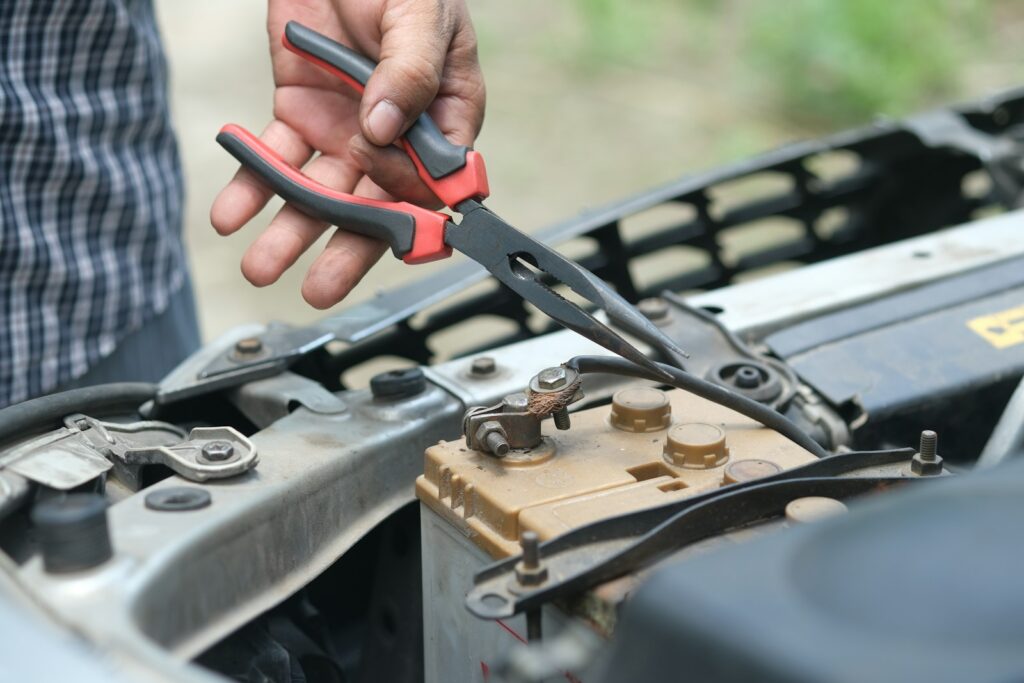
8. **Get Regular Vehicle Maintenance**A well-maintained car isn’t just safer; it’s a more fuel-efficient machine. Think of your vehicle like an athlete: regular check-ups and proper care ensure it performs at its peak. Neglecting routine maintenance can silently chip away at your gas mileage, making every trip to the pump more painful than it needs to be. Staying on top of your car’s health is a foundational hack for long-term gas savings.
For instance, if you have an older car, worn spark plugs or dirty air filters can significantly decrease your car’s gas mileage. While modern vehicles are generally more adept at balancing the air-to-fuel flow, a severely clogged air filter can still lead to sluggish acceleration efficiency, meaning your engine works harder and consumes more fuel to get up to speed. Ensuring these components are clean and functional is a small step with a measurable impact.
Another critical element often overlooked is using the correct oil grade. Opting for the manufacturer-recommended oil grade during changes can subtly improve your vehicle’s fuel efficiency. Conversely, using the wrong oil can even decrease your fuel efficiency, hindering your engine’s performance and increasing fuel consumption. Your mileage may improve by up to 2% simply by adhering to the manufacturer’s specified motor oil grade.
Beyond these specific points, being proactive with your vehicle’s overall health is paramount. You might assume that skipping an oil change or delaying new tires saves money in the short term. However, this approach can quickly become a recipe for disaster, potentially leading to costly repairs and poorer fuel economy down the line. Proper vehicle maintenance is an investment that pays off in both efficiency and longevity.
Read more about: Beyond the Badge: Uncovering the Hidden Flaws in 14 Fan-Favorite Vehicle Models

9. **Lighten Your Load**This hack is as straightforward as it sounds: the heavier your car, the more gas it burns. Every extra pound your vehicle carries demands more energy from the engine to move, directly translating to increased fuel consumption. Think about it – your car is already hauling itself, so why make it work harder than necessary with unnecessary cargo?
Take a moment to remove any non-essential items from your trunk or backseat. Do you really need that set of golf clubs in there all week? Is that old toolkit still serving a daily purpose, or could it live in your garage? Clearing out excess weight, such as sports equipment, unused luggage, or even accumulated clutter, can meaningfully improve your gas mileage over time.
Making this a regular habit can yield surprising results. A consistent clear-out ensures your car is always operating at its most efficient weight. By simply shedding unnecessary cargo, you’re giving your engine an easier job and keeping more of that precious fuel in your tank for actual driving, rather than carrying around forgotten items.
Read more about: Beyond the Pixels: An In-Depth Look at the Grueling Hours and Enduring Stress Shaping Game Development Today

10. **Limit Your Use of Air Conditioning**Air conditioning, while a modern comfort, is a significant drain on your fuel economy. According to the US Department of Energy, using your air conditioner can reduce your fuel economy by more than 25%. That’s a substantial amount of gas literally evaporating into thin air just to keep you cool, especially on short trips or when you could find alternative cooling methods.
The trick here is to be strategic. When you’re driving at lower speeds or through city streets where you might be stopping or idling frequently, rolling down your windows is often more fuel-efficient than blasting the A/C. You get the benefit of fresh air without the engine strain.
However, the equation changes at higher speeds, particularly on the highway. In these scenarios, using your A/C is generally better than driving with the windows down due to the aerodynamic drag created by open windows. This drag can actually eat up more fuel than the air conditioner itself. So, assess your driving situation and choose wisely to maximize your savings. Every small decision about A/C use adds up.
Read more about: Beyond the Badge: Uncovering the Hidden Flaws in 14 Fan-Favorite Vehicle Models
11. **Park in the Shade**This hack is a clever way to indirectly save on gas, primarily by reducing your reliance on that fuel-guzzling air conditioning system. When your car sits in direct sunlight, especially on a hot day, the interior can become an oven. This extreme heat doesn’t just make for an uncomfortable entry; it also means your car’s cooling system has to work overtime to bring the temperature down, burning more fuel in the process.
Parking in the shade significantly reduces the temperature inside your vehicle. This seemingly simple act helps prevent fuel evaporation, which can occur more readily in intense heat, thus preserving your gas. More importantly, it minimizes the need to crank up the A/C to full blast when you first get in, saving you a substantial amount of fuel each time you hit the road.
Developing the habit of seeking out shaded parking spots is a no-brainer. It’s a small, effortless change to your routine that can contribute to noticeable gas savings over time, especially during warmer months. Plus, it keeps your car’s interior cooler and more comfortable, a pleasant bonus that makes your ride more enjoyable from the moment you step in.
Read more about: Fact vs. Fiction: 14 Historical Myths You Probably Still Believe
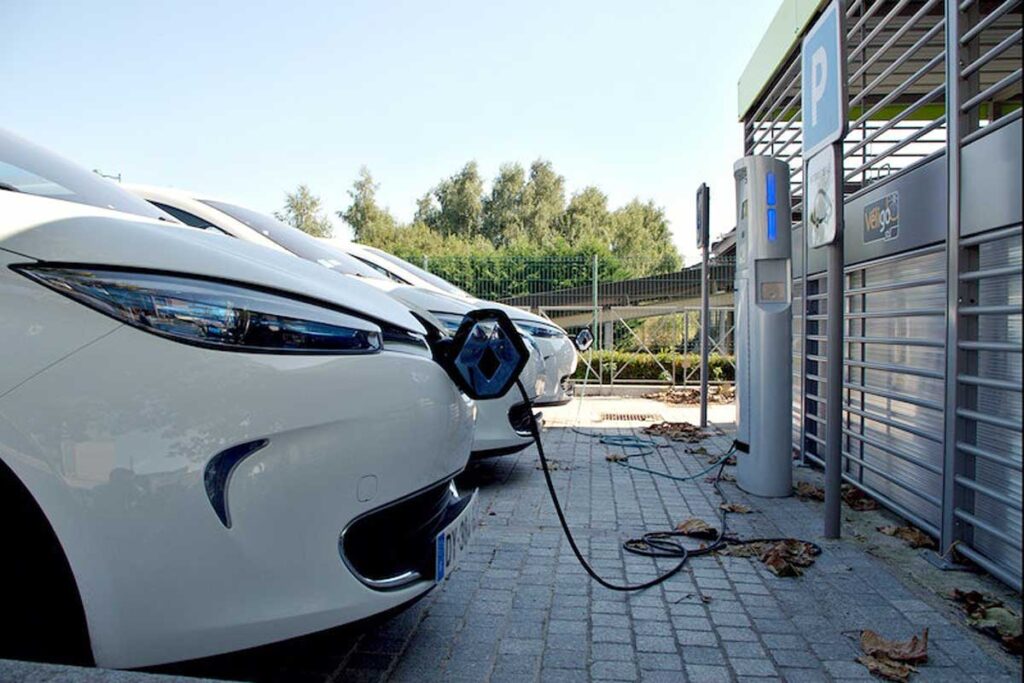
12. **Consider a Hybrid or Electric Vehicle (EV)**Looking for a long-term solution to dramatically reduce your gas dependency? Considering a hybrid or electric vehicle (EV) might be your ultimate hack. While it represents a larger upfront investment, the fundamental shift away from or reduction in gasoline consumption can lead to substantial long-term savings and a significant decrease in your carbon footprint, making it a powerful strategy for 2025 and beyond.
Hydrid and EVs fundamentally reduce your gas dependency, which directly translates to impressive long-term savings. Even as federal EV tax incentives may shift, various state tax credits often remain available, helping to offset the initial purchase cost. Beyond the financial aspect, these vehicles offer a quieter, smoother driving experience and contribute to cleaner air by emitting fewer, or zero, tailpipe pollutants.
Evaluating the economics involves weighing the initial cost against the ongoing savings on fuel and potentially reduced maintenance. For many drivers, especially those with predictable commutes and access to charging infrastructure, the financial benefits of reduced or eliminated gas purchases, coupled with lower operating costs, quickly make a compelling case for the transition. It’s an investment in your future finances and the environment.
If you’re serious about sustained gas savings and embracing more eco-friendly driving, exploring the diverse range of hybrid and electric vehicles available is a must. Researching models that fit your lifestyle and budget, and understanding the available incentives, can empower you to make a choice that truly future-proofs your commute against fluctuating gas prices.
Read more about: Navigating the Electric Future: Our Expert Picks for the Top 12 EVs You Can Buy Right Now
13. **Join a Warehouse Club**Here’s a hack that combines bulk shopping with significant gas savings: joining a warehouse club. Stores like Sam’s Club, BJ’s Club, and Costco are well-known for offering discounted prices on groceries and household goods, but a lesser-known perk for many is their exclusive member-priced gas. Often, these clubs boast some of the lowest-priced gas in town, making membership surprisingly beneficial for your fuel budget.
While a membership isn’t free, the savings on gas alone can often justify the annual fee, especially if you drive frequently. It’s a smart move to calculate how much you’d save each time you fill up and compare that to the membership cost. If you’re already a member, or plan to become one for other shopping benefits, making their gas station your primary fill-up spot is an immediate win for your wallet.
Strategic shoppers can maximize this hack by combining their gas fill-ups with their regular grocery runs. This eliminates extra trips specifically for gas, saving both time and additional fuel. By integrating your gas purchases into your existing warehouse club visits, you effortlessly stack savings on top of your everyday shopping, turning a routine chore into a consistent money-saving opportunity.
Read more about: Inside the Urban Outlaw’s Garage: A Hollywood Legend’s Secret Porsche Collection Revealed

14. **Use the Correct Fuel Grade**This is a hack that can save you money instantly without changing your driving habits or vehicle, simply by understanding your car’s true needs. A common misconception is that using premium gasoline will make your car more fuel-efficient or perform better. However, unless your car specifically requires premium gasoline, using it will not improve your fuel efficiency; it’s simply a waste of money.
Your car’s owner’s manual, and often the gas cap itself, will specify whether premium gas is “required” or “recommended.” If it’s “required,” then you should absolutely use premium to avoid potential engine damage. But if it’s merely “recommended,” you have the flexibility to experiment with lower grades. If your car’s performance and fuel economy remain good with regular unleaded, there’s no need to splurge on premium.
Fuel grades, like regular, mid-grade, and premium, refer to their octane levels. Regular unleaded typically has an octane rating of 87, mid-grade is 89, and premium is usually 91 or higher. Higher-octane fuel primarily helps prevent premature ignition (knocking) in high-compression engines. For most cars, an octane rating of at least 87-91 is perfectly sufficient, and anything higher offers no additional benefit.
Think of the potential savings: if premium gas costs 25 cents more per gallon, and you fill up a 15-gallon tank, you’re needlessly spending an extra $3.75 on every fill-up. Over a year, those dollars add up significantly. Always stick to the recommended grade for your vehicle; it’s one of the easiest ways to ensure you’re not throwing money away at the pump.
By carefully checking your owner’s manual, you can quickly determine the optimal fuel grade for your vehicle. This simple verification ensures you’re providing your car with exactly what it needs, no more and no less, leading to measurable savings and peace of mind on the road.
Read more about: Beyond the Badge: Uncovering the Hidden Flaws in 14 Fan-Favorite Vehicle Models
As we navigate the unpredictable landscape of fuel costs in 2025, remember that you hold the power to significantly impact your gas expenses. The hacks we’ve explored, from optimizing your vehicle’s maintenance and shedding unnecessary weight to making smart choices at the pump and considering future transportation, are not just theoretical tips—they are actionable strategies. Implement these insights, one by one, and watch as your driving habits transform into a money-saving superpower. Empower yourself with knowledge, take control of your fuel consumption, and enjoy the journey with a lighter wallet and a more efficient ride.




